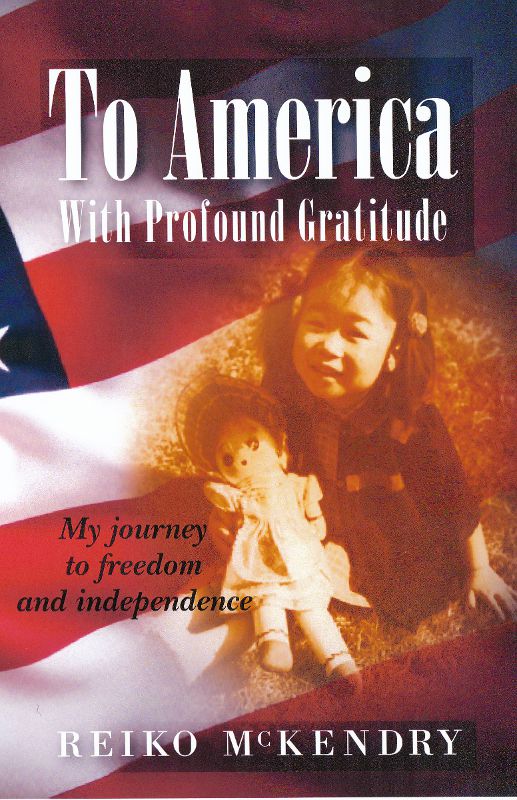On January 7, 1989, Emperor Hirohito passed away. Consequently, his first-born son, then Crown Prince Akihito, ascended the throne as the 125th emperor of Japan.
In September 2000, “Hirohito and the Making of Modern Japan” by Herbert P. Bix was published. I can only imagine what impact this book must have had on Emperor Akihito. After all, it was an objective account of the actions taken by his father, Emperor Hirohito, to which he was completely oblivious until that moment – like the rest of Japan. Even after the book was published, it appeared that Emperor Akihito was in complete denial about his father’s role in the war.
In May through August 2014, I wrote a four-part review of Bix’s book, summarizing my reactions to what I learned about Emperor Hirohito’s actions during the war, and leading up to Japan’s unconditional surrender.
Vowing never to repeat the horrific mistakes of the past, since the end of World War II, Japan’s monarchy is constitutionally prohibited from participating in any form of political activities. Its role is merely to remain the Symbol of Japan.
In August 2016, Emperor Akihito announced his desire to abdicate. The same month, I shared my thoughts on it. Nearly three years later – and after 30 years as the Symbol of Japan – on April 30, 2019, Emperor Akihito will complete his duties as Emperor. Effective May 1, 2019, the baton will be passed on to his first-born son, Crown Prince Naruhito, who will become the 126th emperor of Japan.
Via news clips, I remember Crown Prince Naruhito as an adorable, talkative little boy. He was 12 years old when I left Japan. From the moment he was born, he has been groomed by the Imperial Household Agency – in the old tradition of Japan – to eventually become the emperor.
The 30-year period of Emperor Akihito, that is about to come to an end, has been known as the Heisei (平成) era. Heisei is translated, officially, to mean peace everywhere. In contrast to the hopeful name, however, it is sometimes referred to as the “era of natural disasters.” One of the most notable of which is the Great East Japan Earth Quake of 2011. It started out as a magnitude 9.0 – 9.1 earthquake, which caused the enormous tsunami, which ultimately led to the nuclear power-plant disaster. Effects of the disaster continue to be felt to this day in Japan.
On April 1, 2019, the upcoming era was announced to be named Reiwa (令和). According to Japan’s Ministry of Foreign Affairs, Reiwa means beautiful harmony. When literally translated, it could also mean order and harmony.
It is interesting to note that the second of the two Japanese characters is the same as Showa (昭和), whose era belongs to Emperor Hirohito, who – following the tradition – is posthumously known as Emperor Showa. Showa means enlightened peace and harmony. Starting in 1931, as Japan’s aggression began in Asia, through the end of WWII in August 1945, Japan was anything but. After the unconditional surrender to the Allied Forces, Japan began having the semblance of enlightened peace and harmony but, as Bix points out, it was based on whitewashing the history; i.e., fabricating stories about the Emperor’s actual role in the war. Furthermore, the fact remains that around three million Japanese lives were sacrificed in the name of the Emperor. As unbelievable as it may sound to those in the West, until the end of WWII, the Japanese people had no reason to doubt that their Emperor was divine.
Japan’s imperial lineage goes back over 2,600 years, long before the birth of Christ. The reign of Emperor Jinmu (神武天皇) started in 660 BC. In fact, Japan is the oldest country in the world that has the same familial lineage at its helm to this day. (In contrast, over 15 centuries later, in 849 AD, the history of the British royal family began.) It is almost a miracle that Japan survived as an independent country for that many years, repelling any and all potential foreign invasions. One of the secrets of longevity may be due to the large bodies of water that act as a natural moat. Then again, the word tsunami (津波) originated in Japan. In other words, the country has had to deal with tsunami throughout its long history.
The latest effects of the 2011 tsunami and its aftermath, combined with the nuclear disaster, is likely to cause Japan further economic difficulties. For instance, as recently as April 11, 2019, the World Trade Organization ruled in favor of a South Korean ban on imports of some Japanese fishery products introduced in the wake of the disaster.
Regardless, a fresh start of a new era, accompanied by a nation-wide celebration, is sure to bring renewed hope to people.
Wishing the best for Japan as it welcomes the era!

